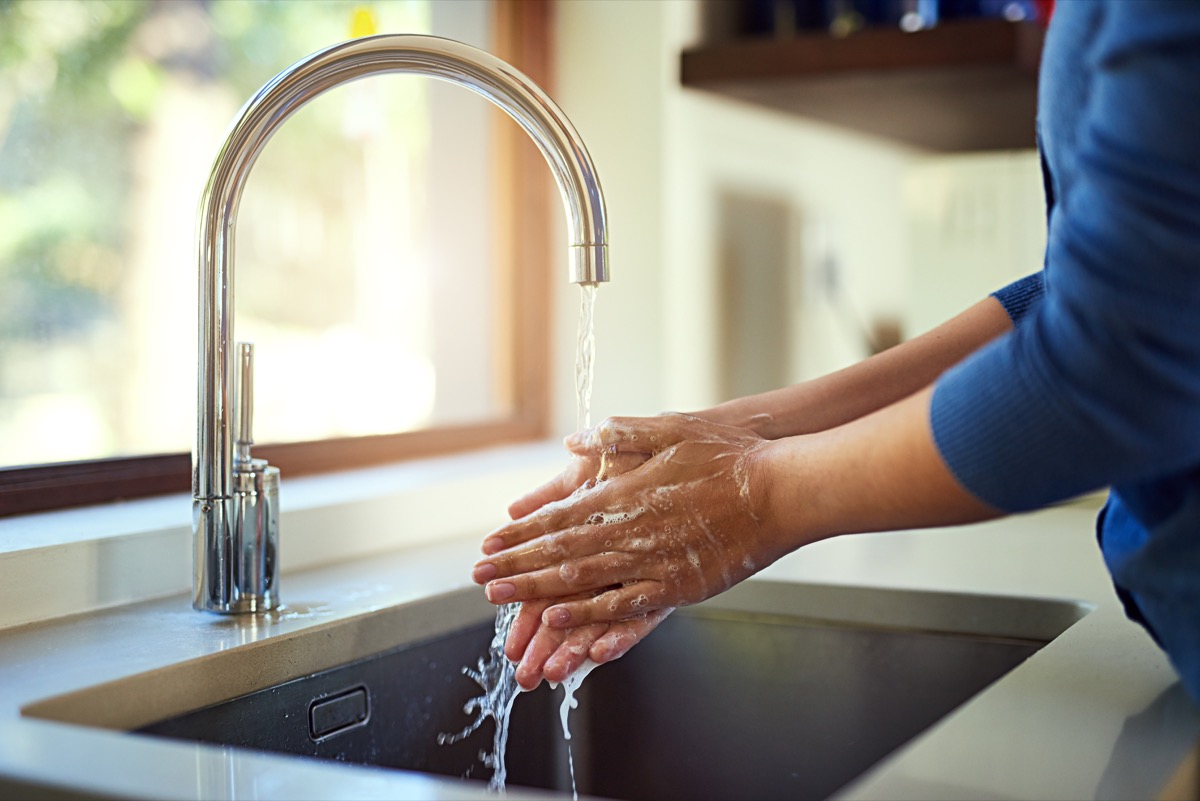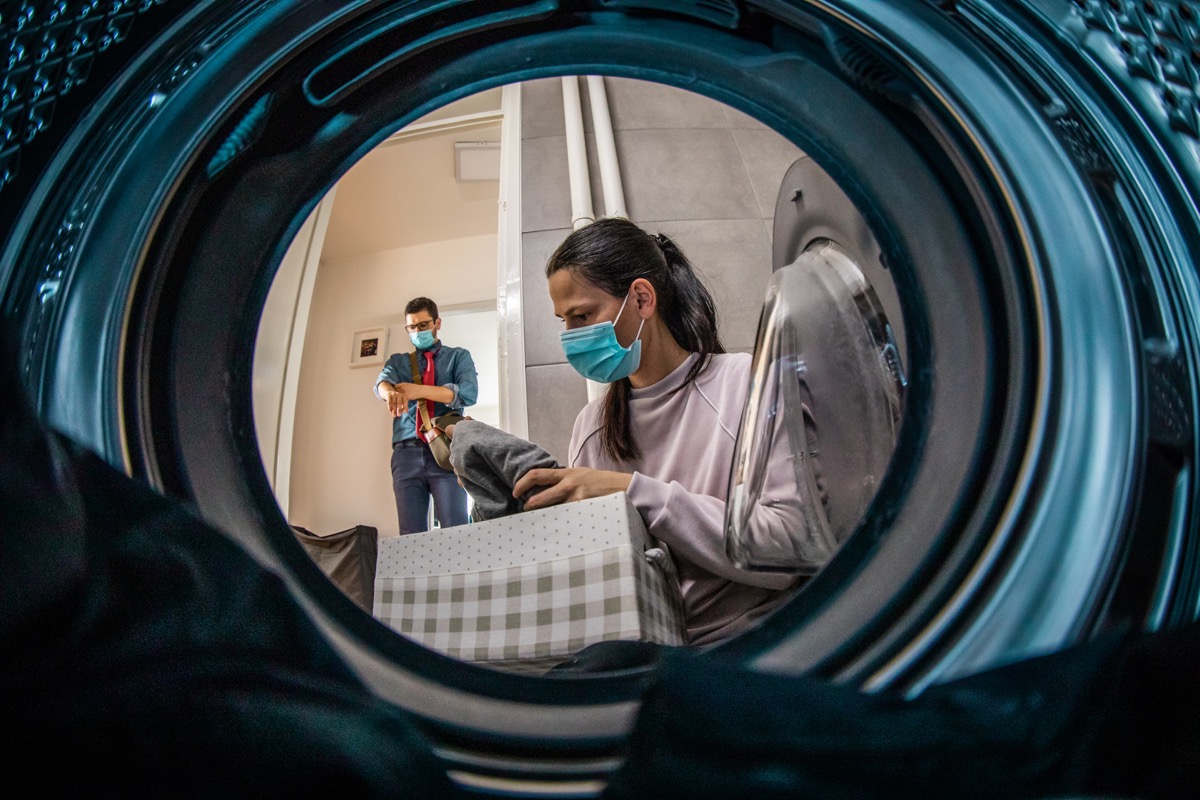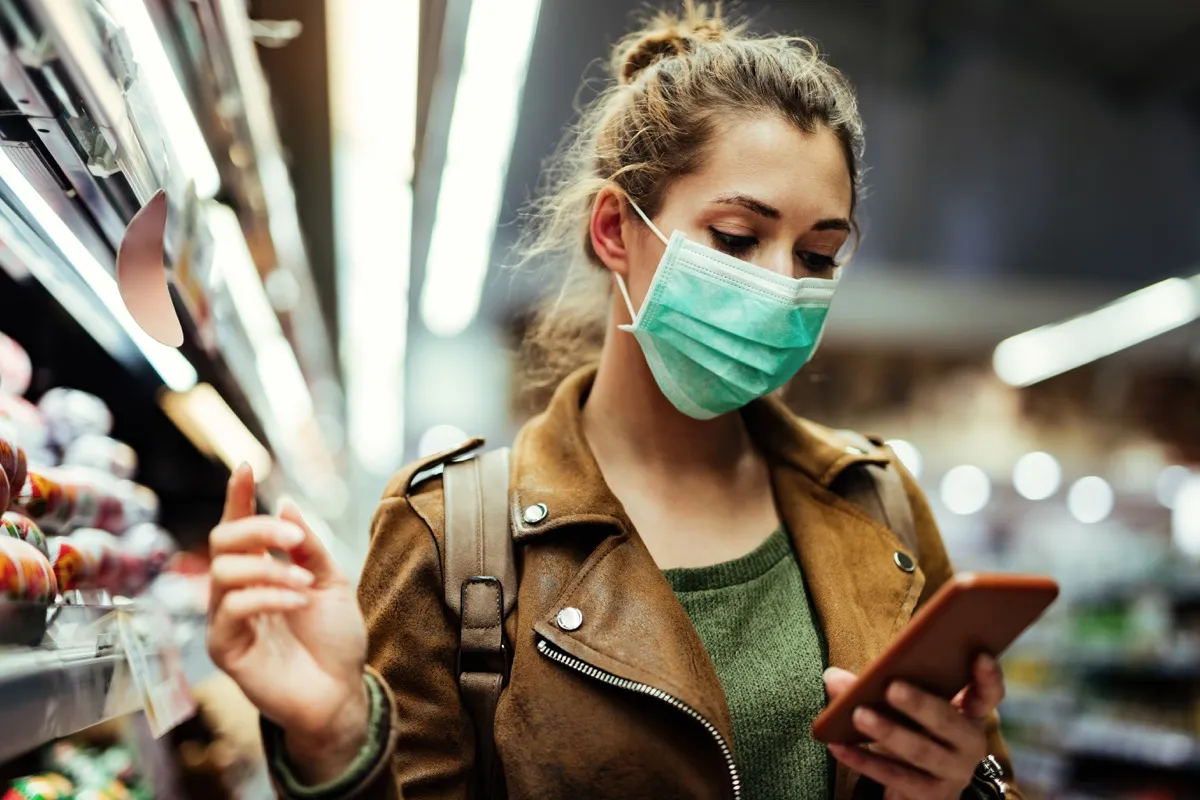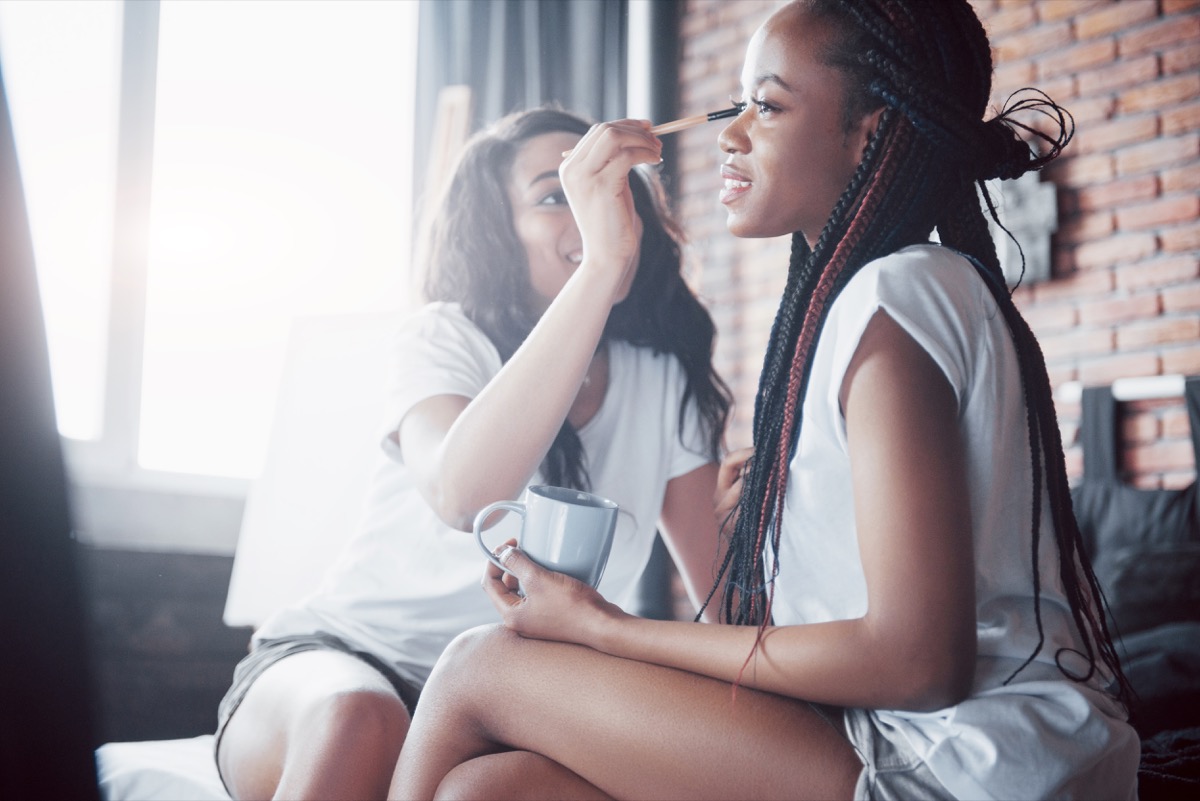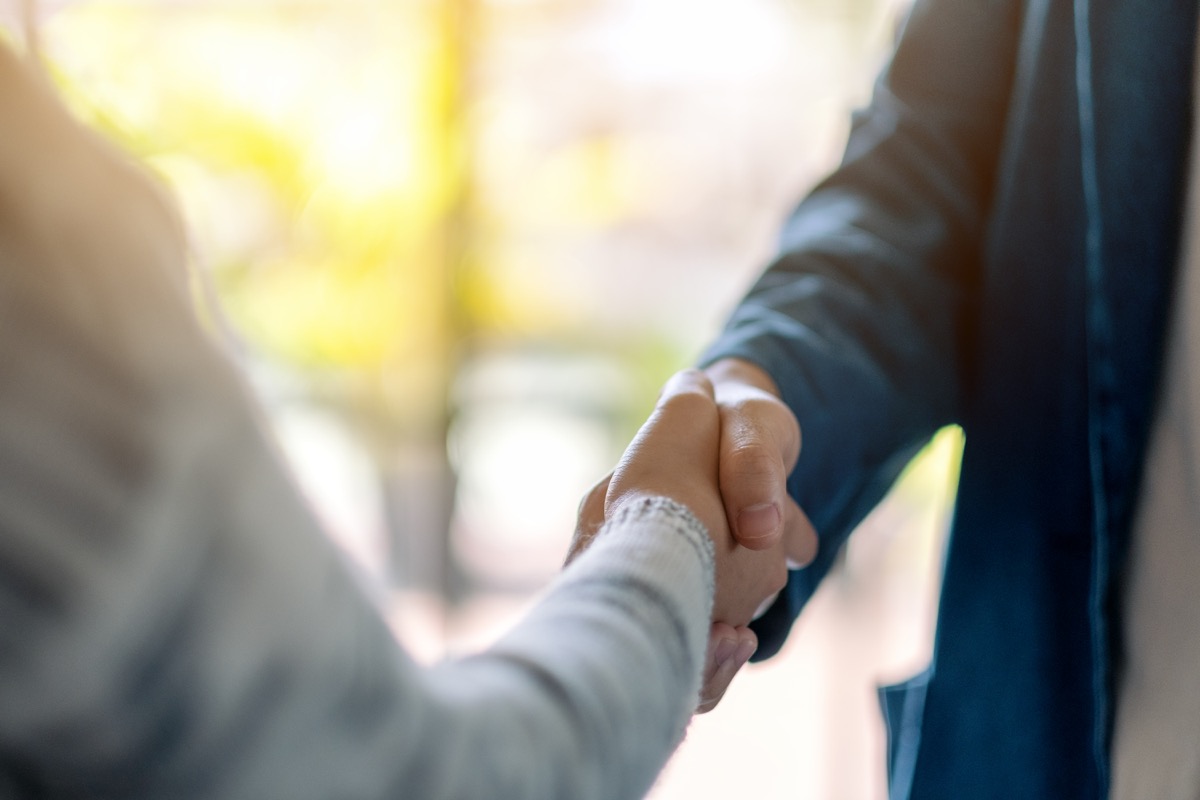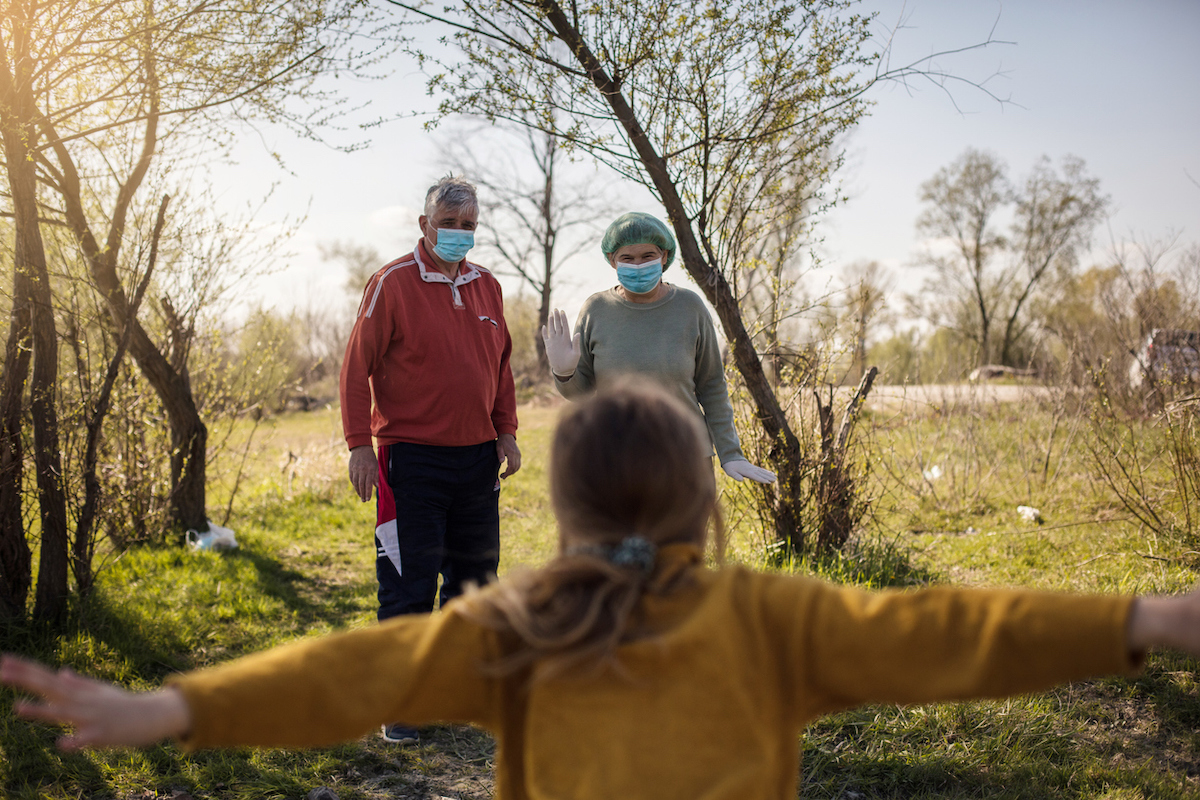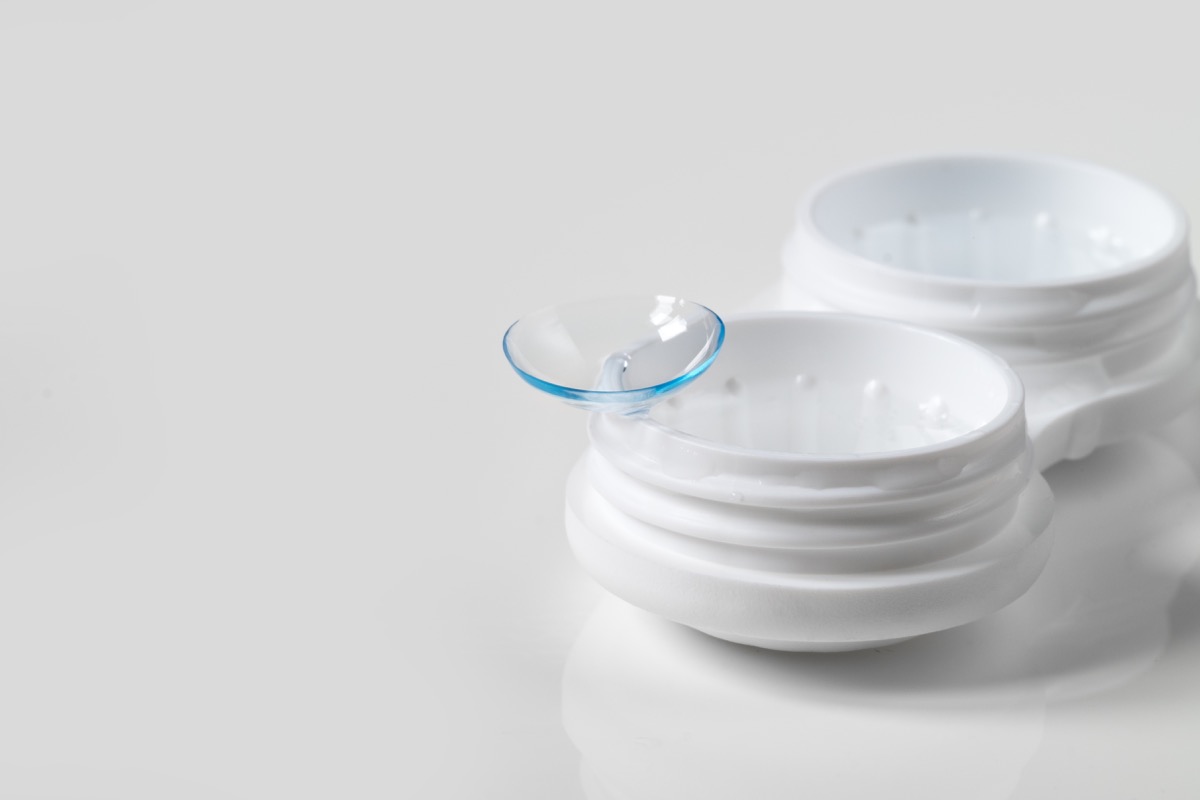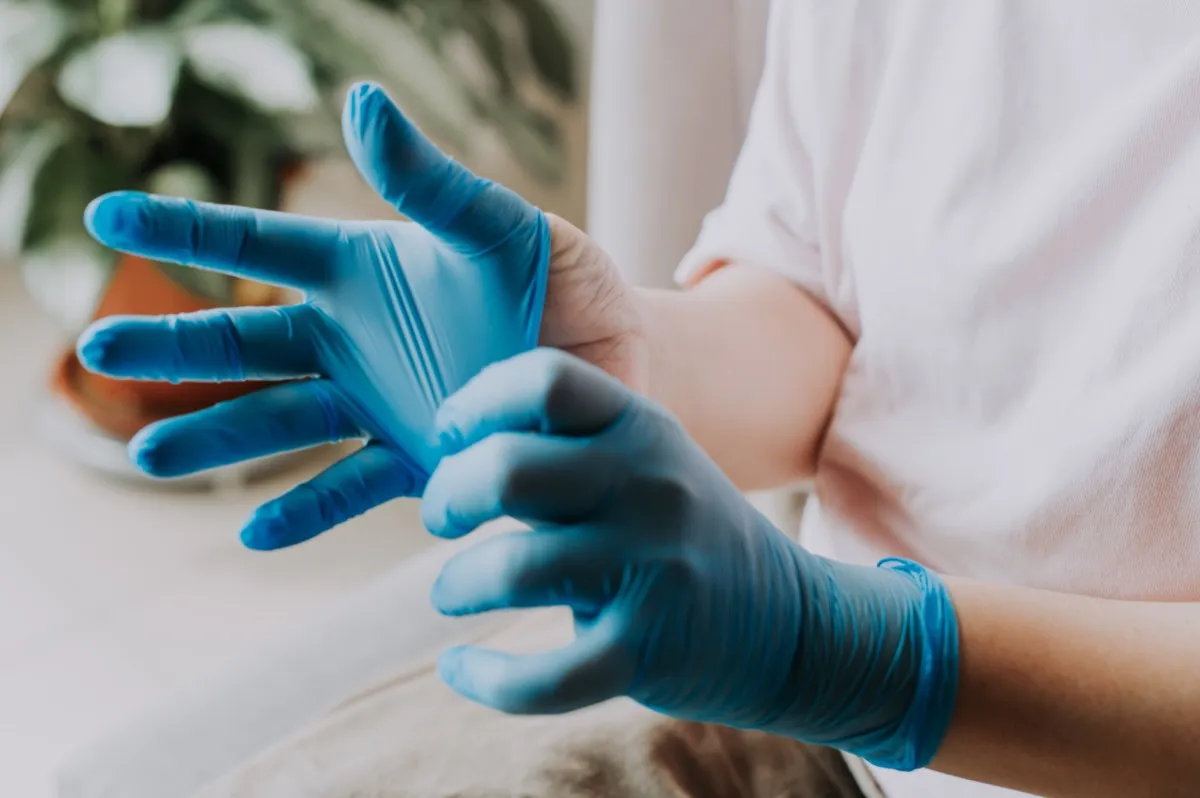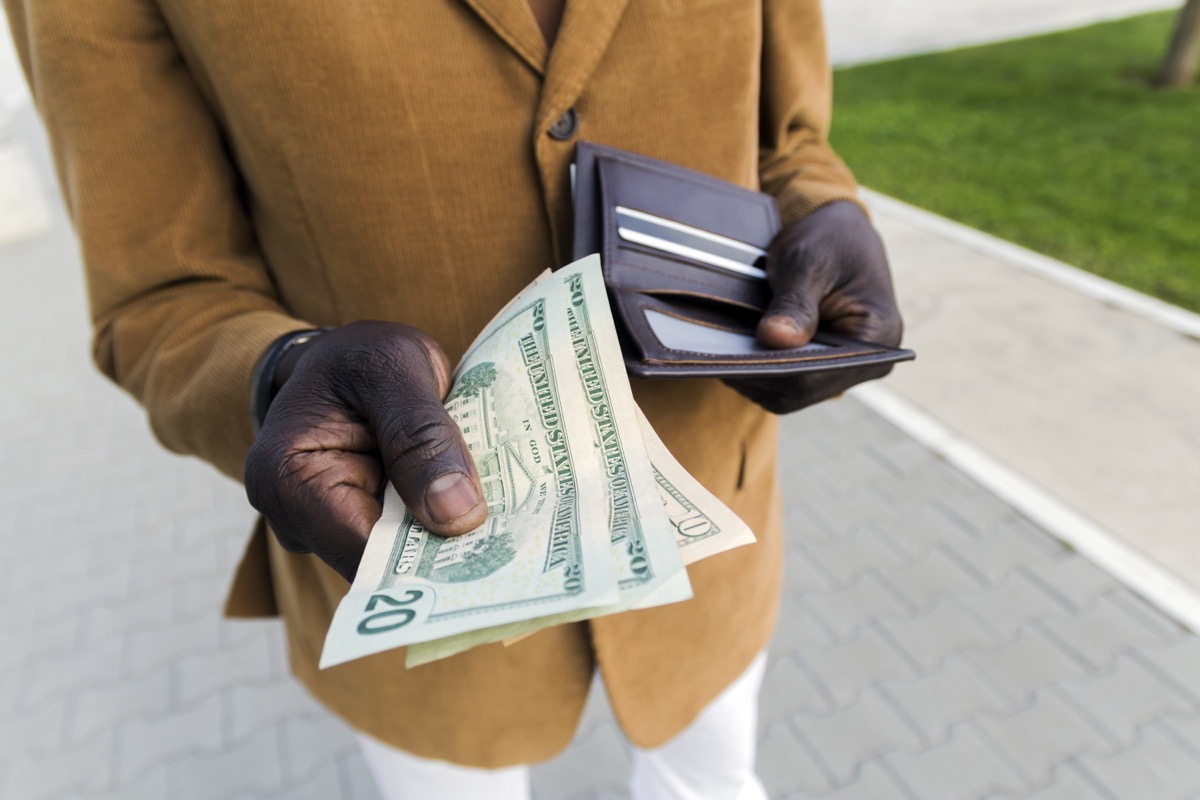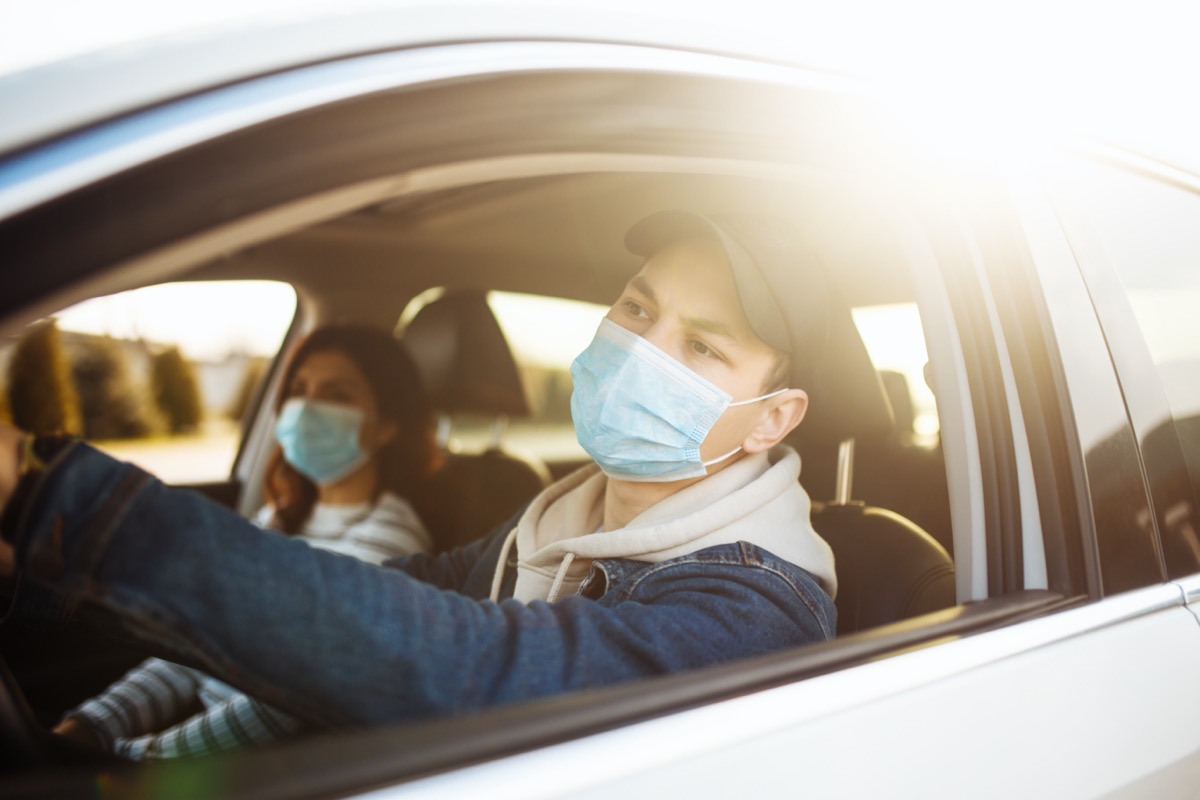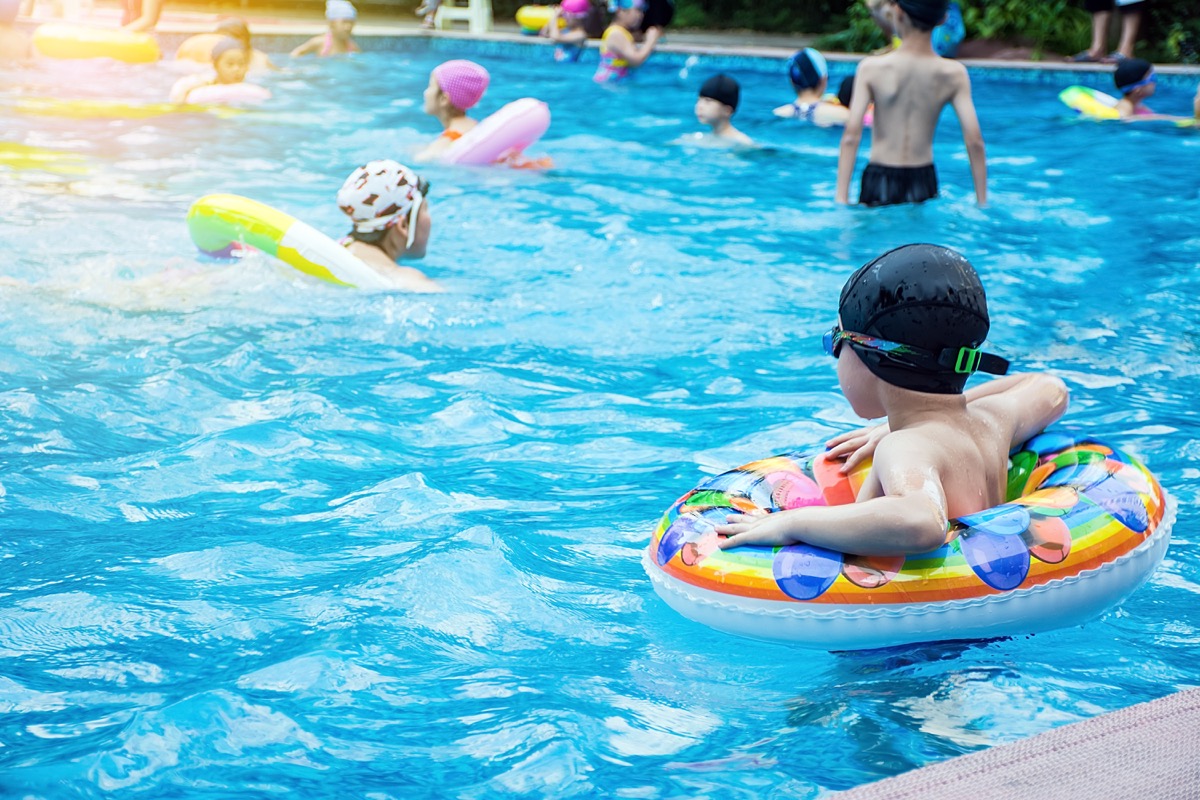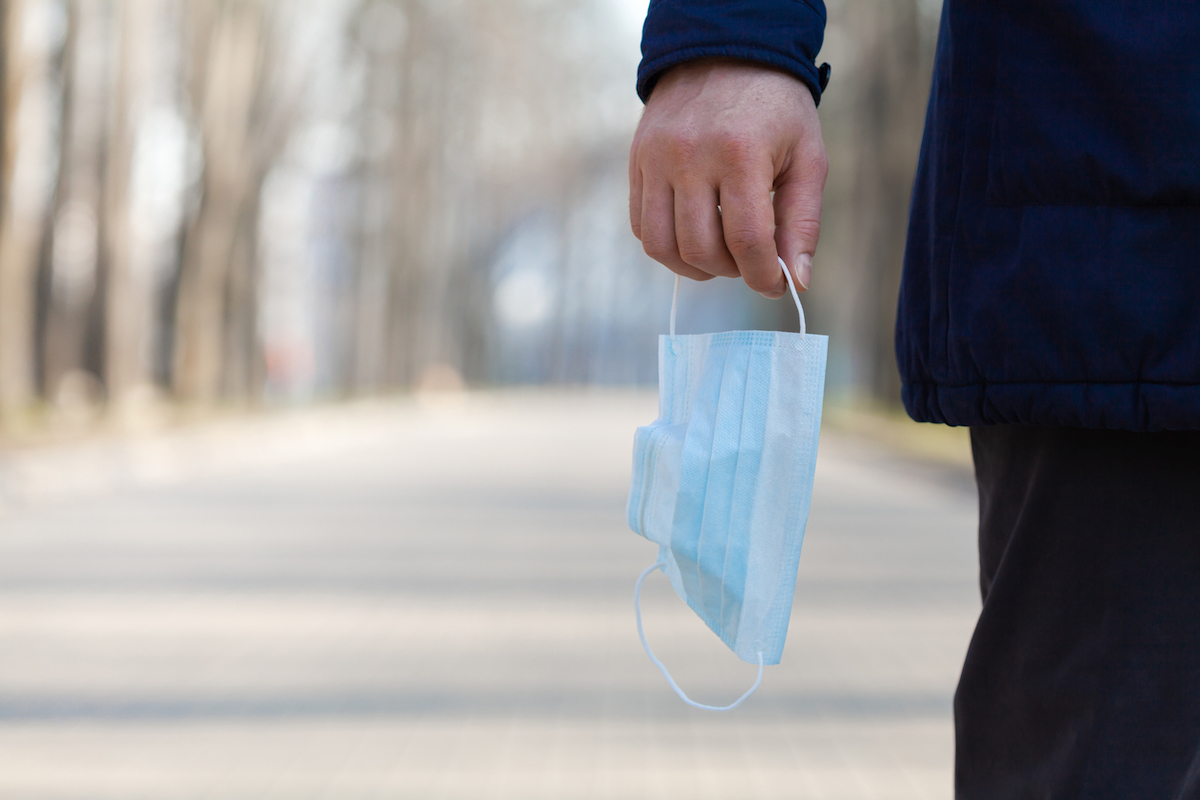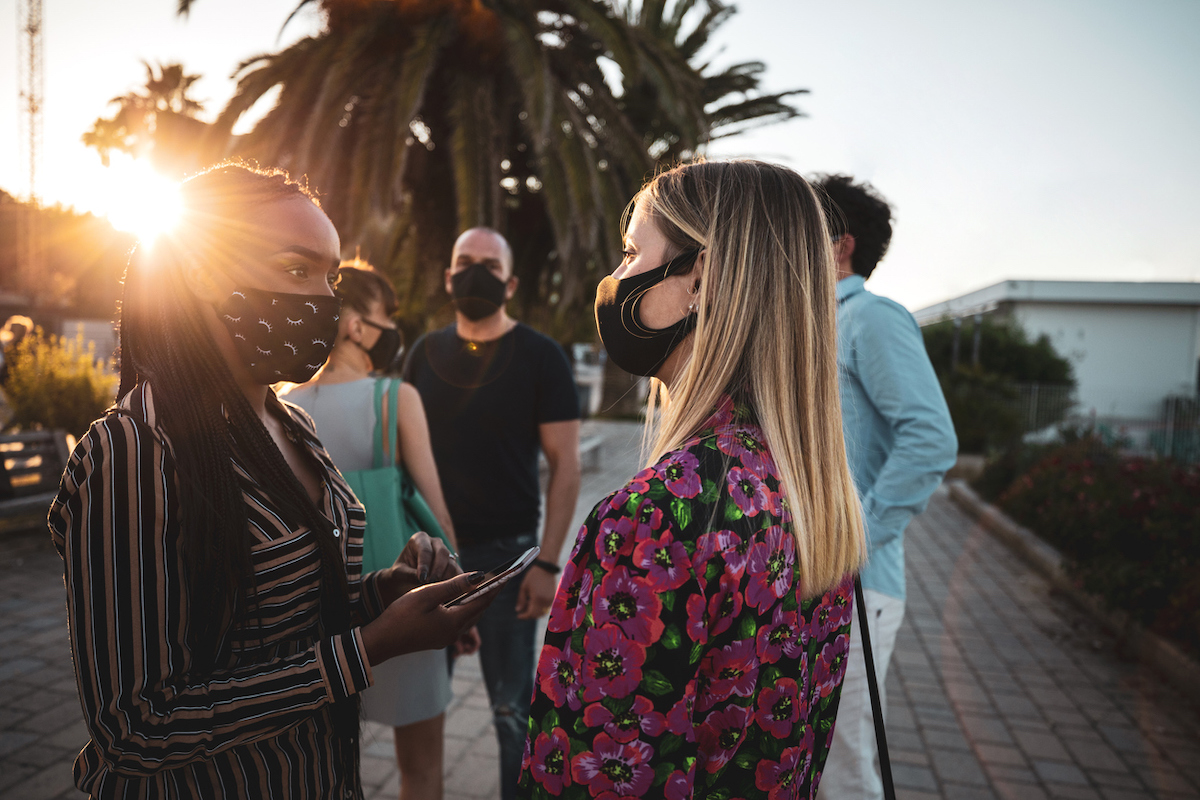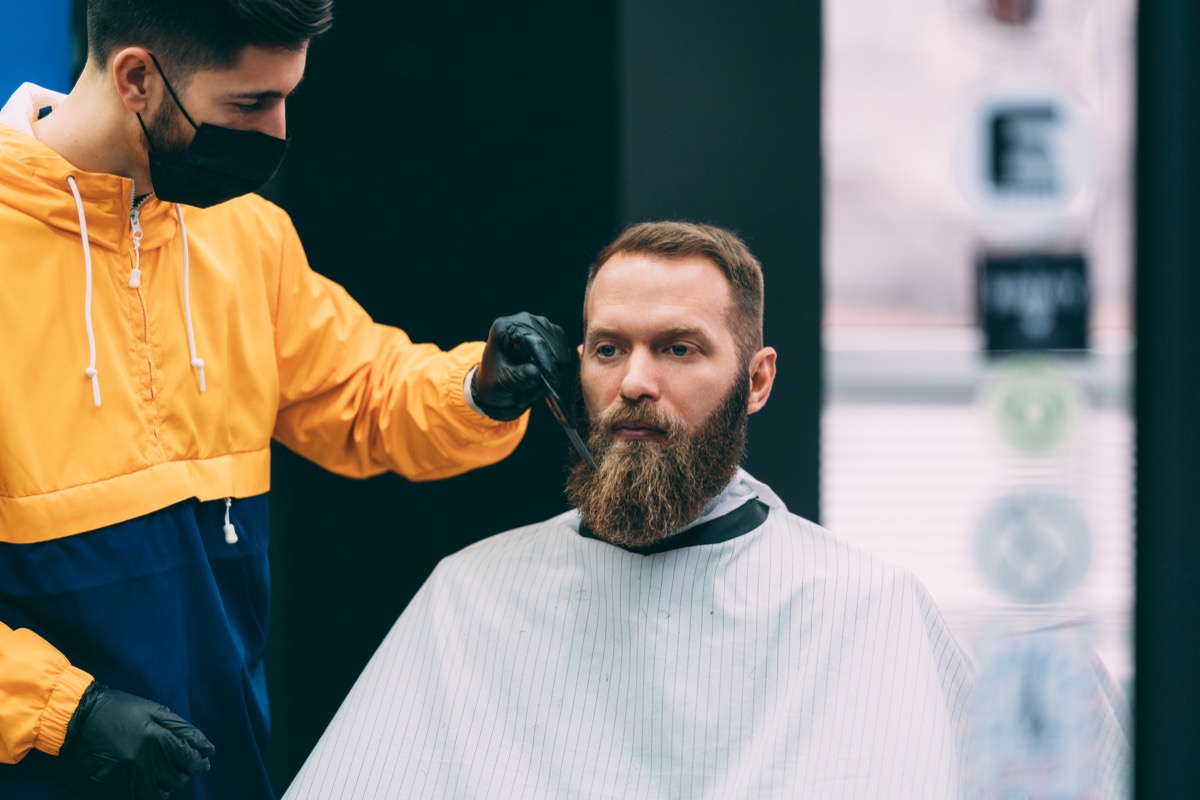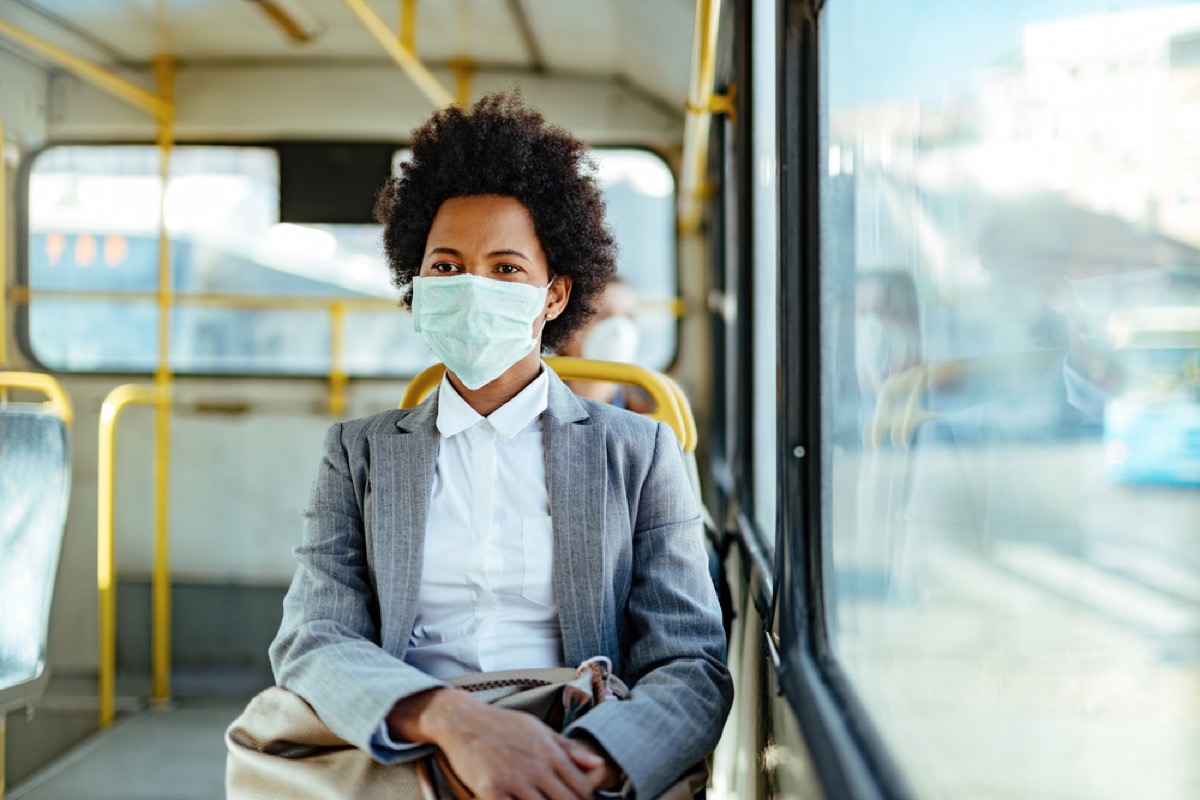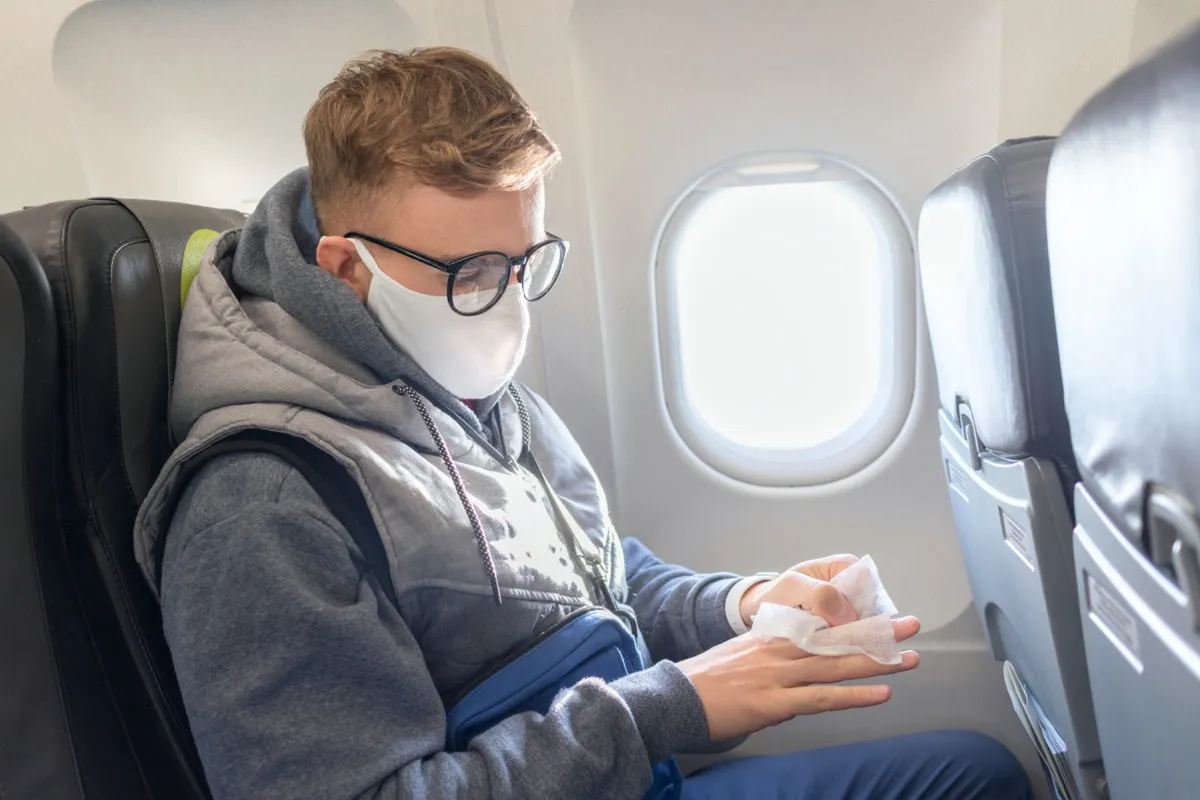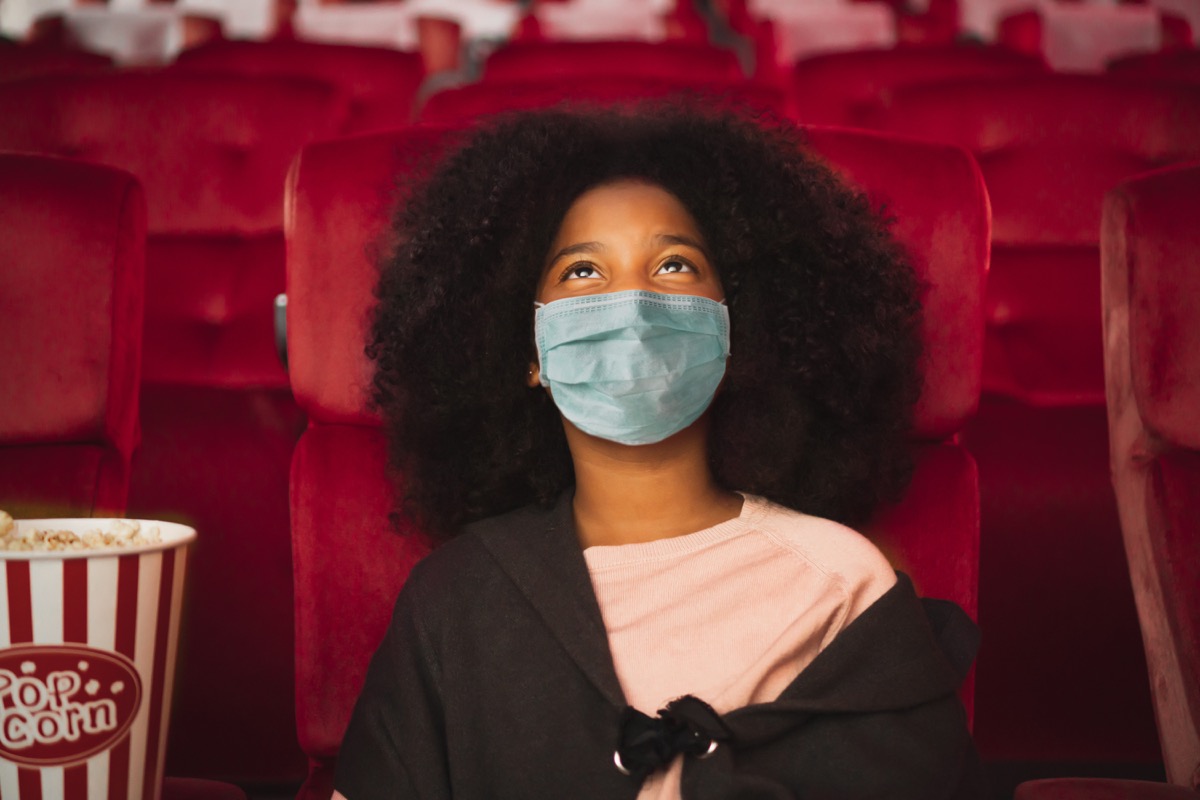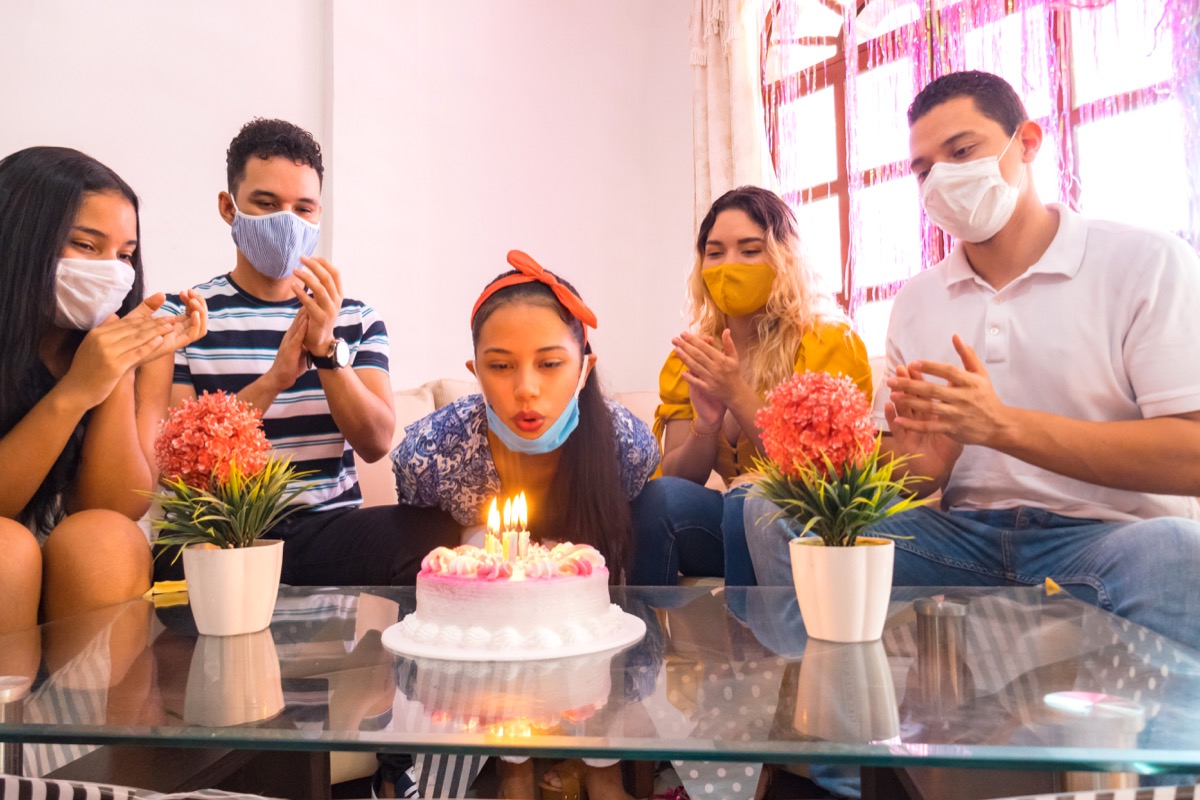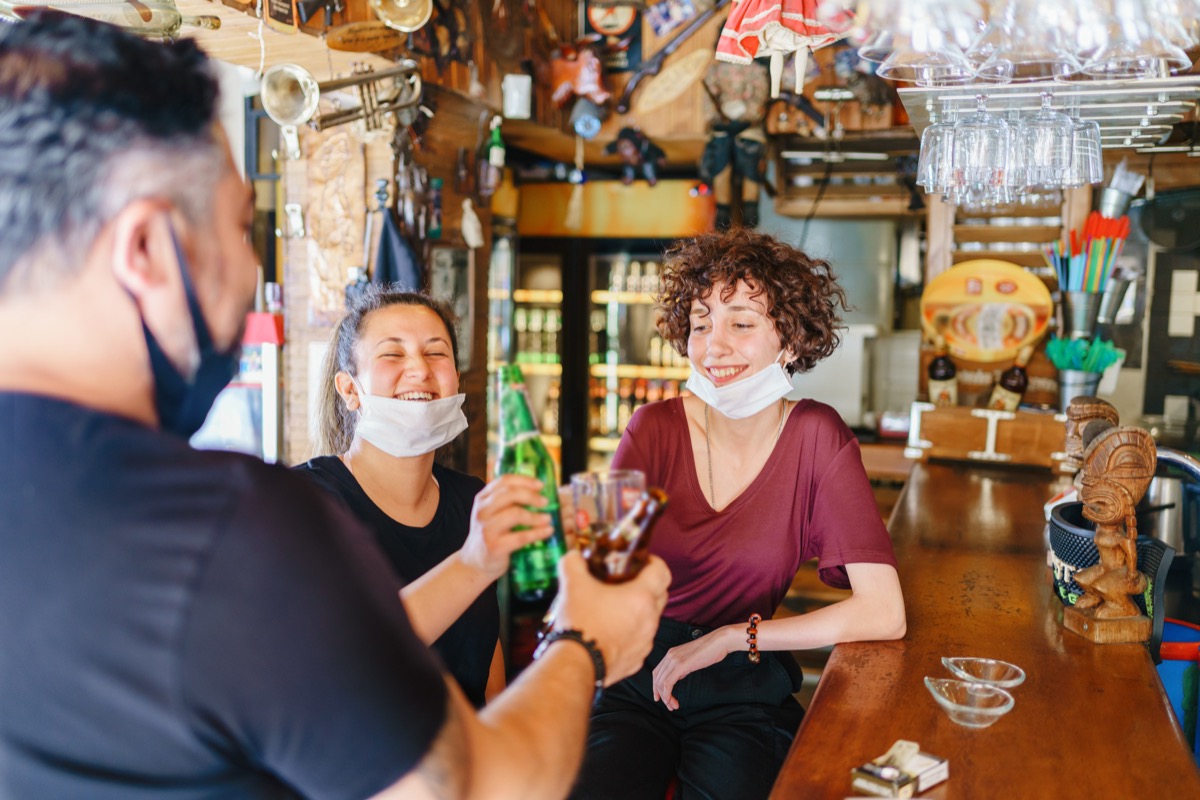As Leann Poston, MD, licensed physician and medical advisor for Invigor Medical, explains, everything we do in life requires us to “weigh the risks and benefits.” For example, driving a car is risky, but we can minimize that risk by doing things like wearing a seatbelt, following traffic rules, and not driving when we are incapacitated. But expecting people not to drive cars because of the risks is unrealistic, and so is “expecting people to fully isolate themselves from exposure to COVID or any other pathogen,” she says. So, during the pandemic, what risks are worth taking and which ones should you avoid at all costs? Health expert Poston ranked 24 everyday activities from least to most risky to help you make those choices. And for more things you should be avoiding, check out You’re 5 Times More Likely to Get Coronavirus Here, Study Finds. The Centers for Disease Control and Prevention (CDC) stress the importance of hand hygiene to prevent the spread of COVID-19, which includes washing your hands with soap and water for at least 20 seconds. Despite those guidelines, Poston says “most people probably already” skimp on the time, even though they shouldn’t. And for on disinfecting your digits, check out The Biggest Myth About Your Hand Soap You Can Stop Believing. . Even though the CDC advises people not shake out their dirty clothes when doing laundry, as it could release virus particles into the air, Poston says that this would be a “difficult way to get COVID.” So if you forget once or twice, don’t stress. And for more on keeping your clothes and linens clean, check out the 7 Coronavirus Laundry Tips You Need to Start Following. Carol Winner, MPH, public health expert and founder of GiveSpace, says that taking your phone into a store and actively using it while shopping brings about a “risk in cross-contamination when bringing [the phone] home.” However, Poston stresses that it’s not necessarily the phone that’s the problem, but your dirty hands. She says you shouldn’t “touch your phone unless you have used hand sanitizer first.” The CDC warns people not to share items that are “difficult to clean, sanitize, or disinfect.” However, this is mostly a warning when you’re in the company of people you don’t live with. After all, Poston says you probably already “do this all the time with members of your household.” So the risk depends on whom you are sharing these items with, she says. And for more cleaning help from the CDC, check out these 23 Cleaning Tips From the CDC You Need to Follow. Shaking someone’s hand is a contact greeting experts want people to avoid. In each one of their guided plans for places and people to avoid spreading the coronavirus, the CDC says to “stop handshaking,” and instead advises people to engage in non-contact methods of greeting. However, Poston says this ranks lower on the list of risky activities because you could technically wash your hands immediately after and before touching your face, which would then eliminate the risk. You have to be closer than six feet away to hug someone, which already provides some type of risk. Poston says if done safely, while wearing a mask, embracing someone may not be so risky. The worst thing you can do while giving a hug, however, is breathing in the other person’s face. For more on how spread happens, The CDC Now Says This Might Play an “Important Role” in COVID Transmission. Washing your hands prior to putting your contact lenses in has always been an important step because not doing so “increases your risk of getting all kinds of infections, not just COVID,” Poston says. But the CDC warns that not washing your hands before is even more dangerous now because research has found that the coronavirus can enter your body through the eyes. Poston says this ranks relatively low, however, because to get COVID this way, you would have had to touch an object that “had viral particles on it recently enough that the virus was still infectious and then have enough viral particles on your hands to get the infection in your eye.” This is unlikely, but you should still be handling your lenses with clean hands. Many experts warn against gloves because they may give a false sense of security amid COVID. If you’re wearing the same pair while running multiple errands, you could just be spreading the coronavirus around. However, Poston says just like contact lens, this is an object-based form of transmission, which is “lower than droplet or aerosolized” transmission. That means that while it may be risky, it’s not as risky as other activities. And for more up-to-date information, sign up for our daily newsletter. Cash is typically exchanged between many hands every day, and it’s not really something that can be cleaned. Using your card is better because it can be sanitized between uses. Poston says cash is also object-based transmission, but it’s higher risk because of the amount of people who handle it. Riding in someone else’s car can be risky because it’s an enclosed space. However, there are things you can do to lower the risk, Poston says. Limiting the amount of people in the car and keeping the windows down can reduce risk, but if you “increase the number of people and shut the windows, the risk goes up.” For more on road tripping safely, here are 7 Mistakes You’re Making Every Time You Get in Your Car. Elevators are small, enclosed spaces, so it could be impossible to maintain a good six feet of distance from others. That’s risky, but Poston says if everyone has a mask on and no one is talking, that risk drops a little. She also encourages people to immediately wash their hands after getting off an elevator, especially if they touched a button or railing. The CDC says there is no evidence that the coronavirus can be transmitted through water. However, public pools can be dangerous because they tend to be crowded (especially with younger children), making it hard to keep a distance and not touch things that others already have. Poston says that if you do visit a public pool this summer, make sure it’s outside and that you keep your distance, keep your hands off your face, and use hand sanitizer prior to eating anything. Sure, not wearing a mask in public is unadvised and risky, but more so for other people than for you, Poston explains. After all, it’s currently believed that masks protect other people from your respiratory particles more than it does you from other people’s—unless they are wearing a mask, as well. So you’re “wearing a mask to protect others,” Poston says, but your personal risk rises if other people aren’t doing the same for you. Going out in public while you feel sick is also more dangerous to other people, Poston says—which is why it doesn’t rank higher. However, if you’re sick with something other than COVID, this could put you at risk because your immune system may be too overworked to fight off the coronavirus if you are infected. This is one of the reasons the CDC lists people with underlying medical problems as high risk for infection and severe COVID illness. Talking face-to-face is risky because you’re putting yourself in the direct line of whatever comes out of the other person’s mouth when they speak, which could include infected virus particles. But you are only at risk for infection if they have the coronavirus, Poston says. Seeing as asymptomatic people carry the virus, it’s better to be safe than sorry. The CDC says you should wash your face mask after every use. According to Poston, a number of “viruses, bacteria, and fungi” can be on the mask after you wear it—and that includes the coronavirus. The last thing you want to do is put that back on your face, she says. You may be yearning for a haircut after months of quarantine, but some experts caution against taking this leap. After all, you’re in direct contact with another person for a prolonged period of time. However, Poston says engaging in this risky activity can be made safer through protective equipment. The CDC reported recently that two COVID-19 positive hairdressers served nearly 140 patrons between them, but none of the patrons tested positive for the virus afterwards. Why? Everyone wore masks. Public transportation via a bus isn’t really all that safe, especially if the windows are closed, Poston says. Buses tend to be small, compact modes of travel with little to no space to spread out. The CDC says this will typically require you to be “sitting or standing within six feet of others” for a prolonged amount of time, which is not advised. It’s actually not that likely for the coronavirus to travel far on a flight because the “ventilation tends to be better than most indoor spaces,” Poston says. However, it’s contact with others that is risky. Air travel requires “spending time in security lines and airport terminals,” the CDC says, which can put you in close contact with other people and possibly contaminated surfaces. Not to mention, if the plane is crowded, you may be sitting less than six feet away from someone for a prolonged period of time. Movies typically run around two hours, and that’s a long time to be in an indoor space with other people. However, Poston says this could be made safer by social distancing through limited seating and no talking. However, the safest choice by far would be a drive-in movie in your own car with people from your own household, she says. Poston says you should be “exercising outside whenever possible.” Janette Nesheiwat, MD, family and emergency medicine doctor, previously explained to Best Life that gyms are particularly risky because “you’re breathing heavy and more likely to spread the virus, which aerosolizes into the air regardless of limited capacity.“ae0fcc31ae342fd3a1346ebb1f342fcb It’s not unusual to miss your loved ones, especially if you haven’t seen them for some time because of the pandemic. But if you are attending or hosting a gathering, avoid doing so indoors. The CDC highly recommends any gatherings take place outdoors, if possible. If not, the agency advises “[making] sure the room or space is well-ventilated.” Poston says doing this ranks slightly lower than other activities, only because people may tend to enact more safety measures for their loved ones. You name it: a restaurant, wedding, or even a small shop with long lines. Being in a poorly ventilated indoor space with other people is dangerous, Poston says. In fact, one study from Japan found that people were 19 times more likely to contract the coronavirus indoors than they were outdoors. Most experts agree—going to a bar is possibly the riskiest thing you can do during the COVID-19 pandemic. In fact, one of the country’s top medical advisors, Anthony Fauci, MD, director of the National Institute for Allergy and Infectious Diseases, said that going to bars right now is “really not good” and even encouraged states to shut bars down again. According to Poston, the reason indoor bars are so dangerous right now is because they are “poorly ventilated, indoors, and crowded.” She also says it’s “impossible to wear a mask” while you’re drinking, and alcohol can help lower inhibitions which may cause people to “talk loudly or shout,” expelling the virus.
